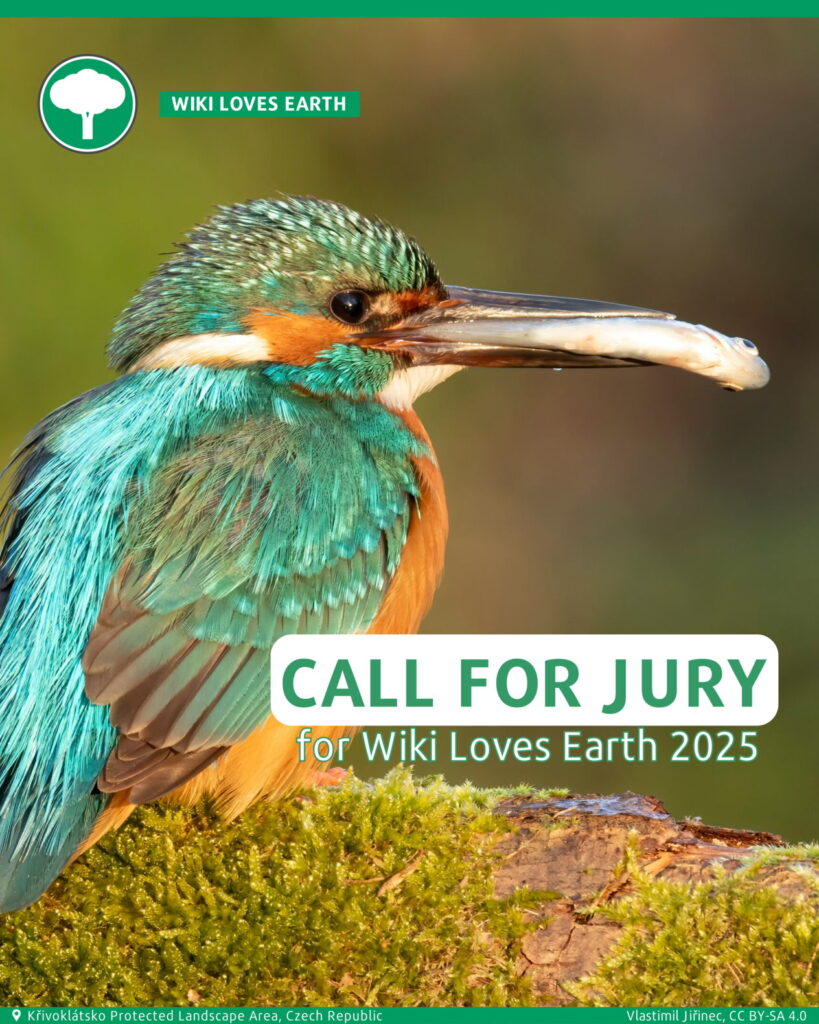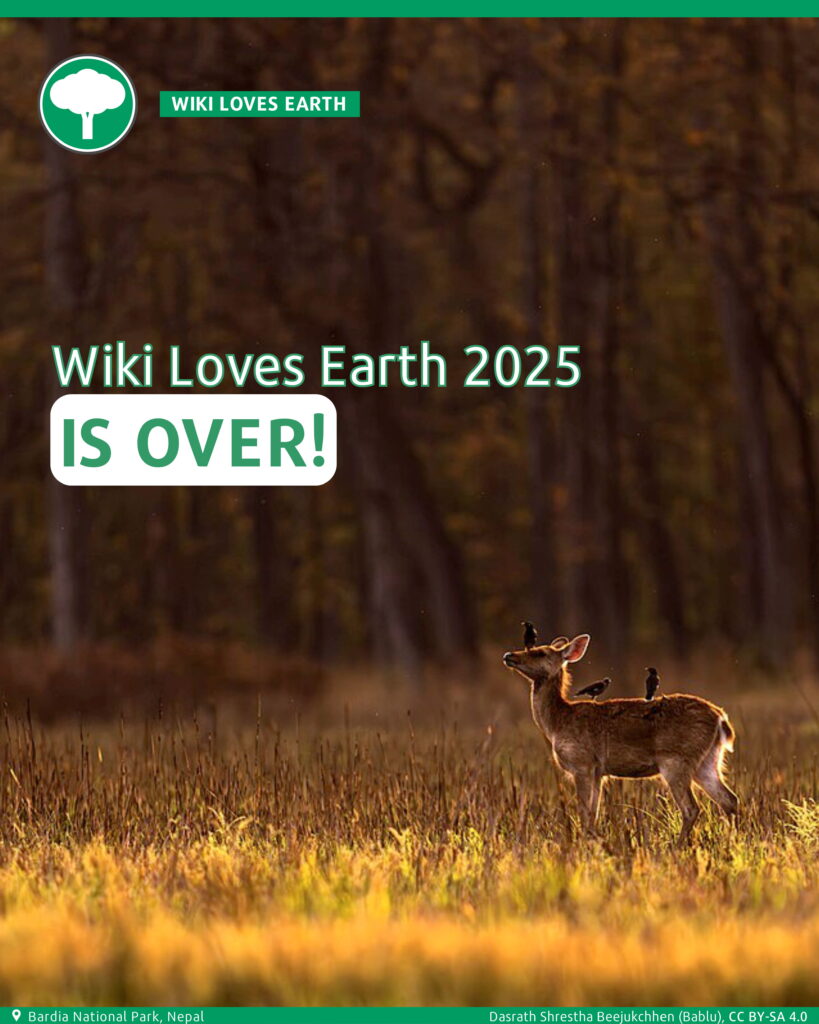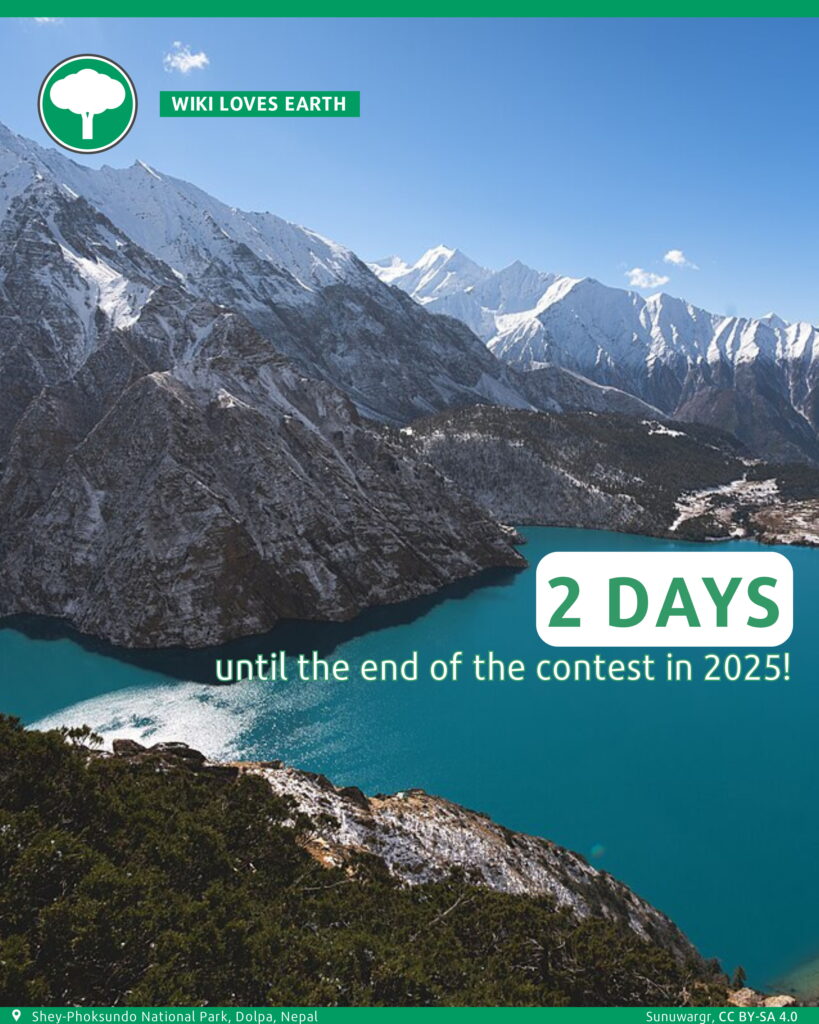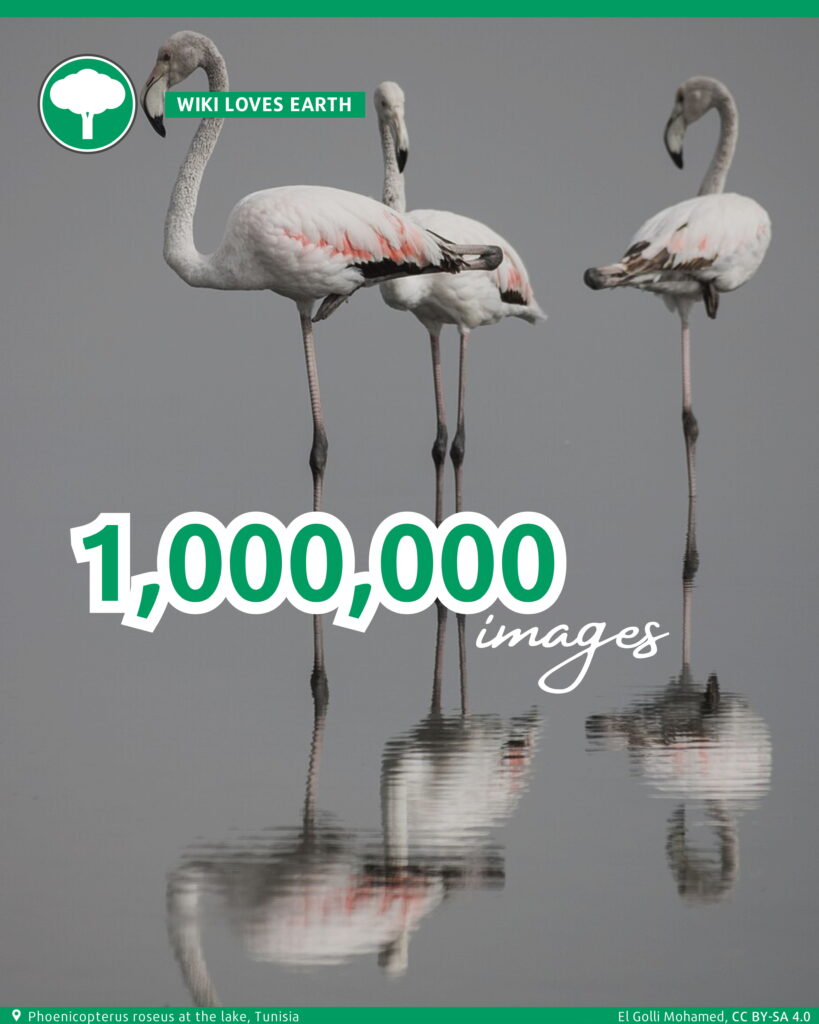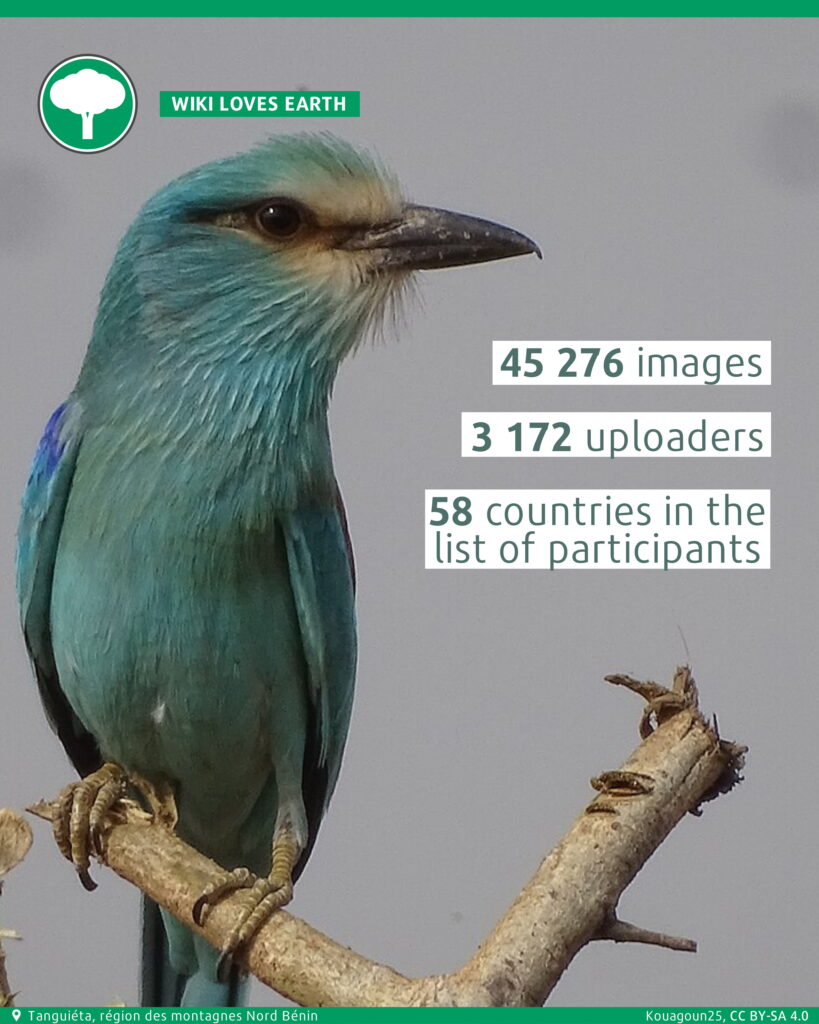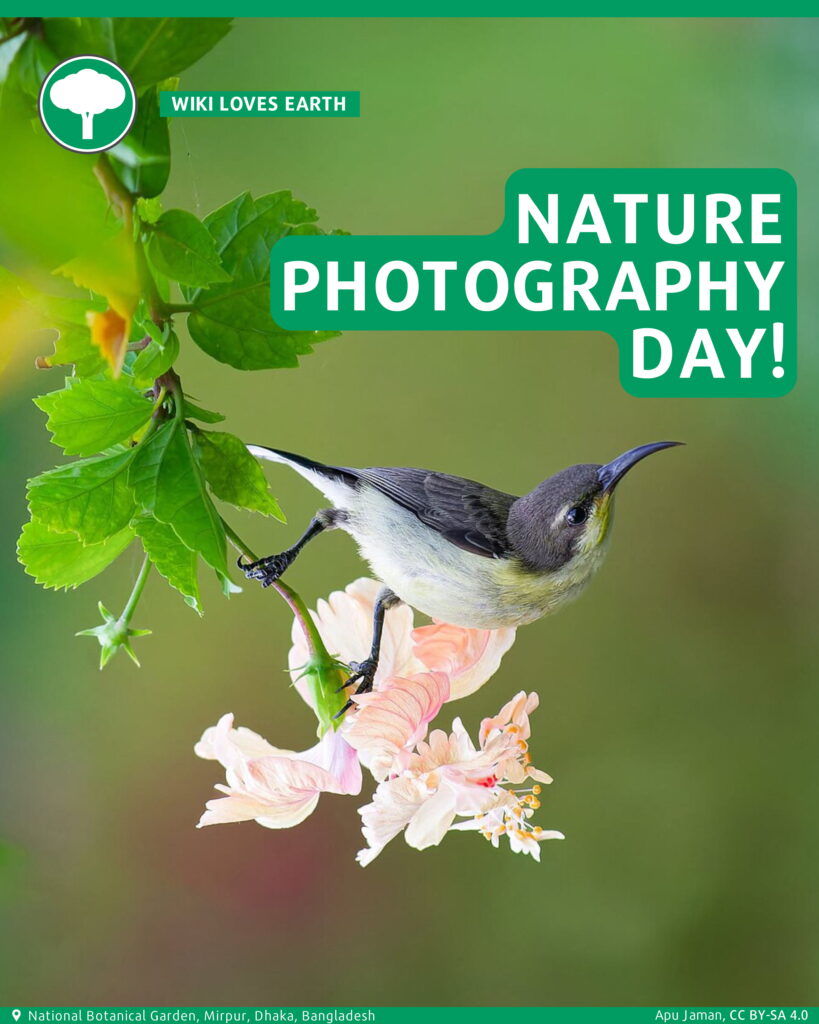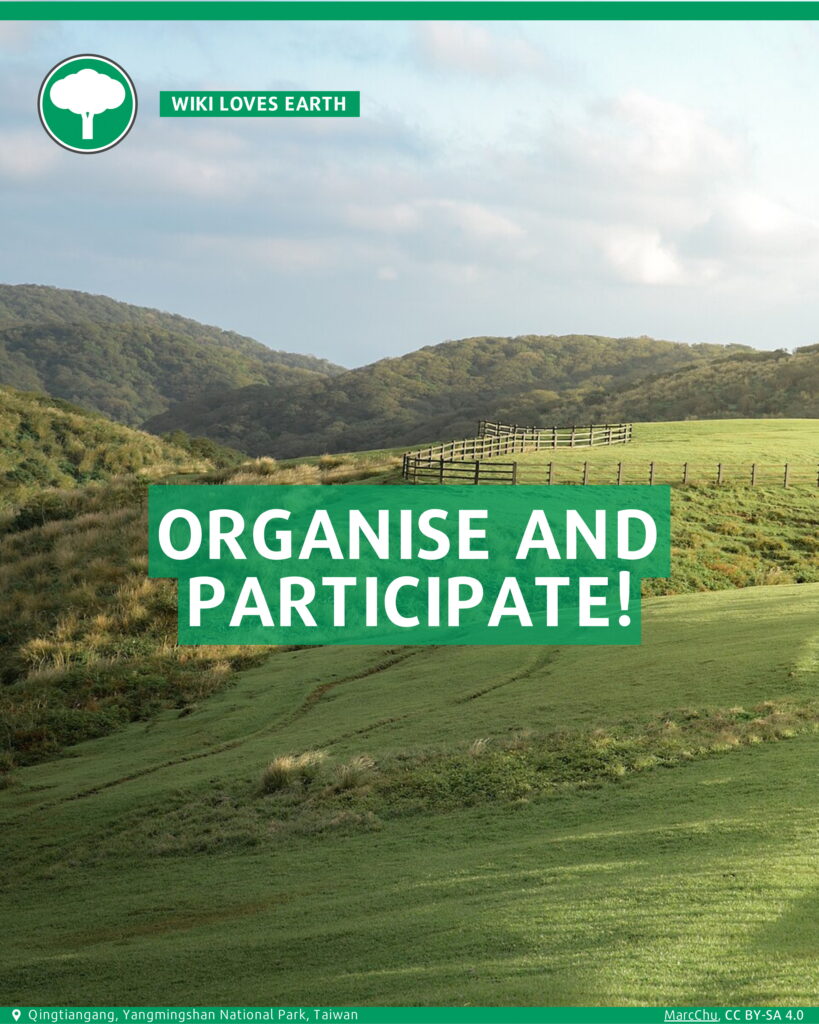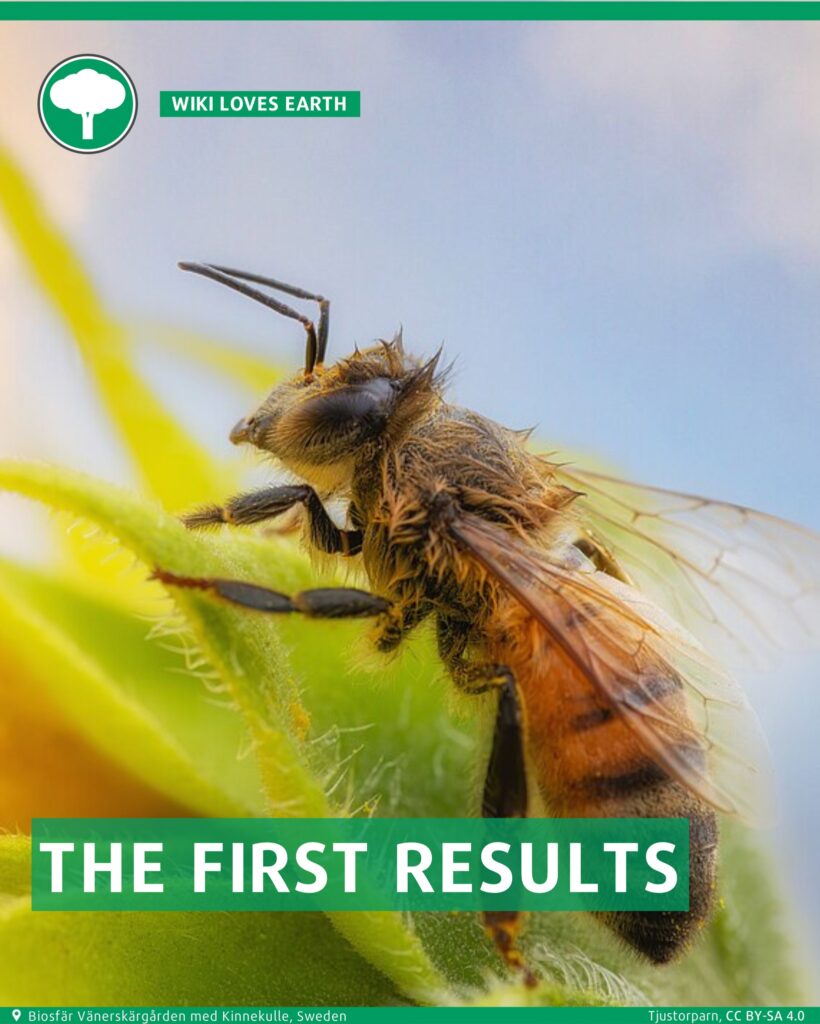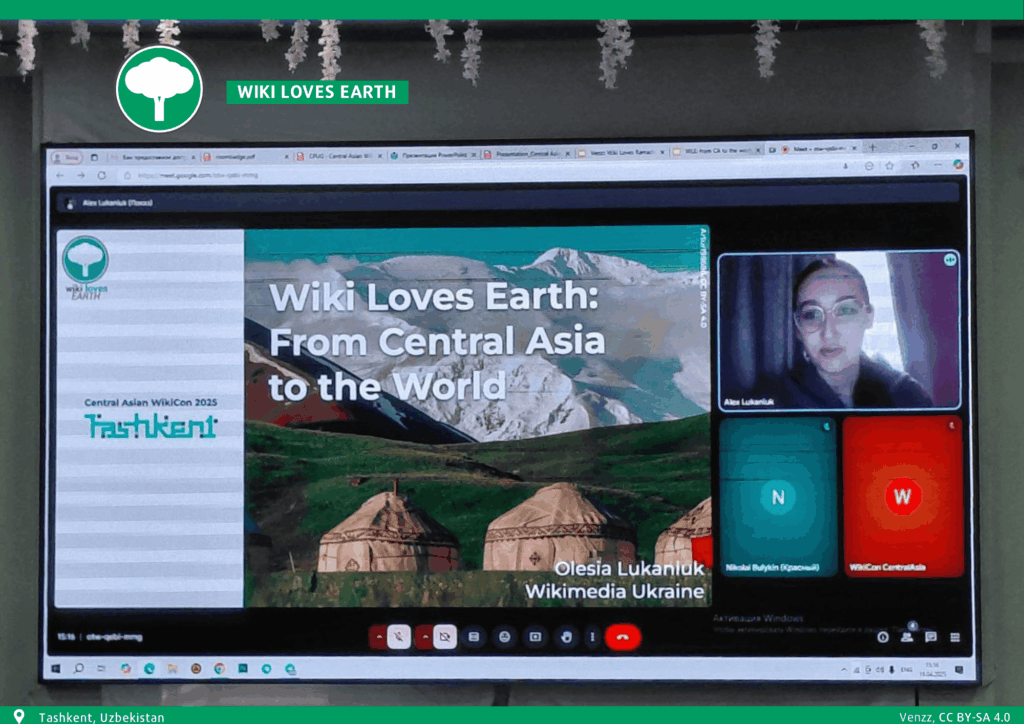Do you want to get unique experience of selecting winners of the biggest photo contest devoted to nature protected areas?
Join Wiki Loves Earth 2025 photo contest as a Jury member!
International jury is the team which evaluates the local winners and determines top photos of the international contest.
- The main engagement will take time from the middle of September till the end of October.
- We will receive around 400 images in the main nomination to evaluate (1st and 2nd round).
- It is a volunteer experience, but you will receive an online diploma and WLE-branded souvenirs after.
Who can apply?
- Experienced photography/videography professionals or enthusiasts.
- People with expertise in nature, conservation, or environmental sciences.
- Wikimedians with a track record in photo contests, Commons curation, or related work.
- Fluent English communication skills (jury work is in English).
Note: We aim for diversity in geography, gender, and expertise in jury composition.
You cannot serve on the international jury if you:
- Took part in a local WLE competition in 2025 as a participant (uploaded images).
- Served as a jury member in a local WLE competition in 2025.
- A current local organizer or volunteer for WLE 2025.
Please, fill out the form below, and the international organizing team will contact you. The form will take approximately 5-7 minutes to fill out.
https://forms.gle/uzPhTRuAugYDEBHV9
Deadline for registration: 29.08.25

